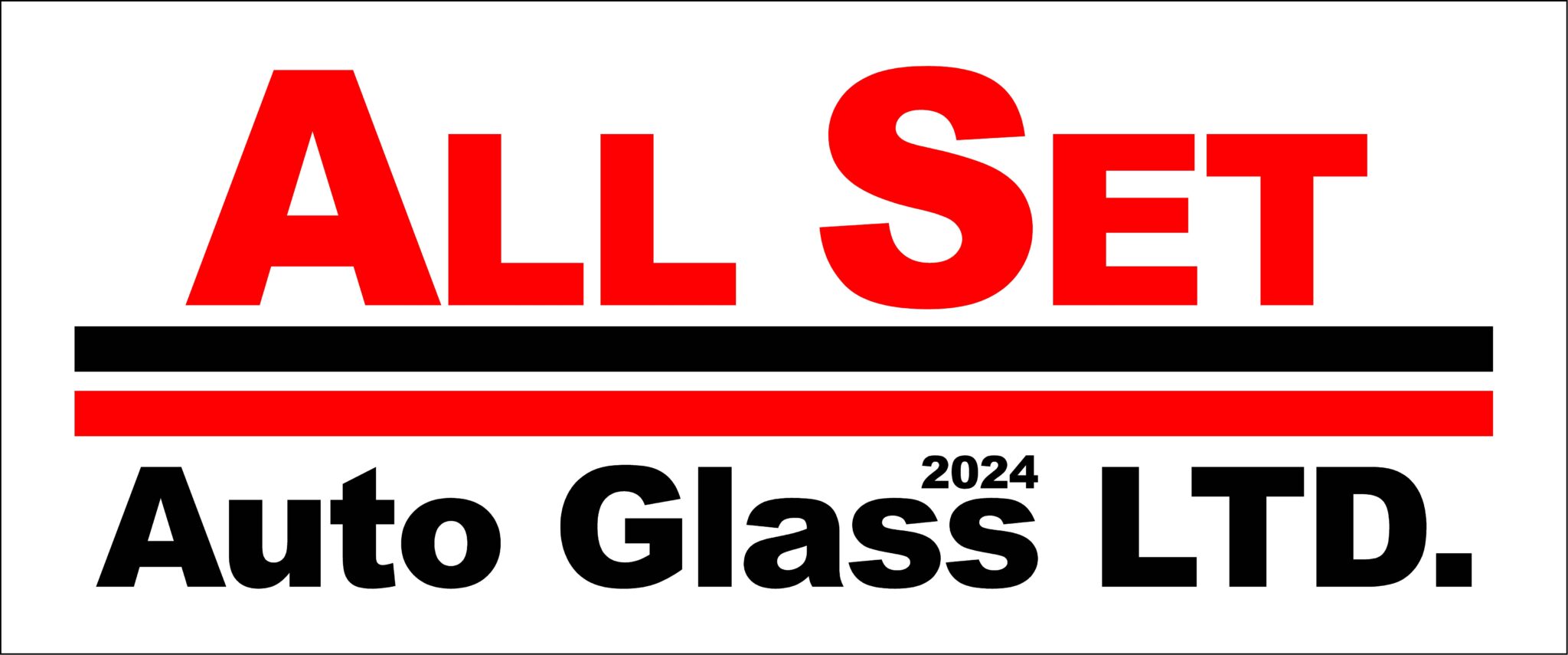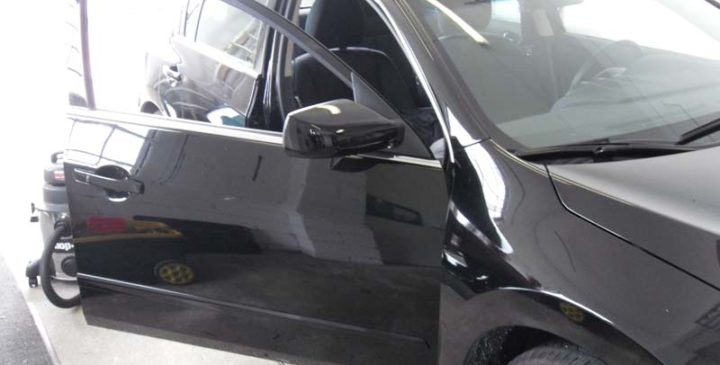Early windshields were made of ordinary window glass, but that could lead to serious injuries in the event of a crash. A series of lawsuits led up to the development of stronger windshields. The most notable example of this is the Pane vs. Ford case of 1917 that decided against Pane in that he was only injured through reckless driving. They were replaced with windshields made of toughened glass and were fitted in the frame using a rubber or neoprene seal. The hardened glass shattered into many mostly harmless fragments when the windshield broke. These windshields, however, could shatter from a simple rock chip. In 1919, Henry Ford solved the problem of flying debris by using the new French technology of glass laminating. Between 1919 and 1929, Ford ordered the use of laminated glass on all of his vehicles.
Laminated glass was invented in 1903 by the French chemist Edouard Benedictus, inspired by a laboratory accident. A glass flask had become coated with the plastic cellulose nitrate and when dropped shattered but did not break into pieces. Benedictus fabricated a glass-plastic composite to reduce injuries in car accidents. It was not immediately adopted by automobile manufacturers, but the laminated glass was widely used in the eyepieces of gas masks during World War I.
Modern laminated glass is produced by bonding two or more layers of ordinary annealed glass together with a plastic interlayer, usually polyvinyl butyric (PVB). The PVB is sandwiched by the glass which is passed through rollers to expel any air pockets and form the initial bond then heated to around 70 °C in a pressurized oil bath. The tint at the top of some car windshields is in the PVB. The PVB interlayer also gives the glass a much higher sound insulation rating, due to the damping effect, and also blocks 99% of incoming UV radiation.
Heated automotive windshields were introduced on Ford vehicles as “Quickclear” in Europe (“InstaClear” in North America) in the 1980s and through the early 1990s. An electric current is applied through a conducting layer of tin (IV) oxide to generate heat to prevent icing, this conductive metallic coating is applied to the inboard side of the outer layer of glass. Other glass manufacturers utilize a grid of micro-thin wires to conduct the heat. These systems are more typically utilized by European auto manufacturers.
Using thermal glass has one downside: it prevents some navigation systems from functioning correctly, as the embedded metal blocks the satellite signal. This can be resolved by using an external antenna.
Glued-in windshields contribute to the vehicle’s rigidity, but the main force for innovation has historically been the need to prevent injury from sharp glass fragments. Almost all nations now require windshields to stay in one piece even if broken, except if pierced by a strong force. Properly installed automobile windshields are also essential to safety; along with the roof of the car, they provide protection to the vehicle’s occupants in the case of a roll-over accident.
In many places, laws restrict the use of heavily tinted glass in vehicle windshields; generally, laws specify the maximum level of tint permitted. Some vehicles have noticeably more tint in the uppermost part of the windshield to block sun glare.




